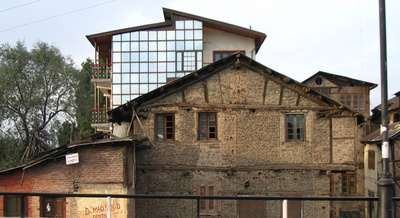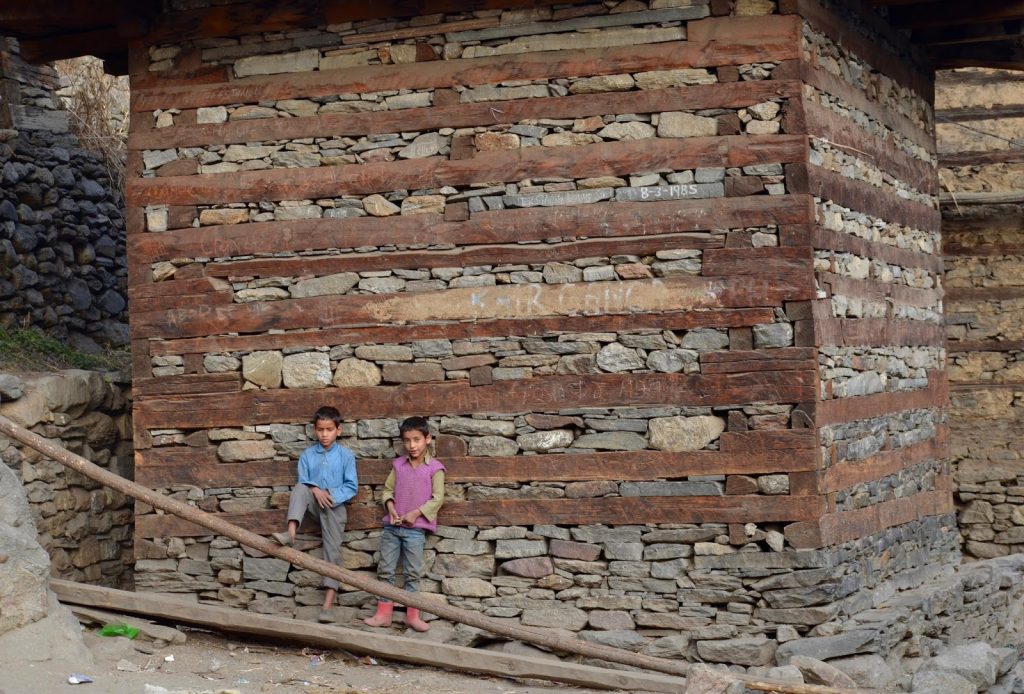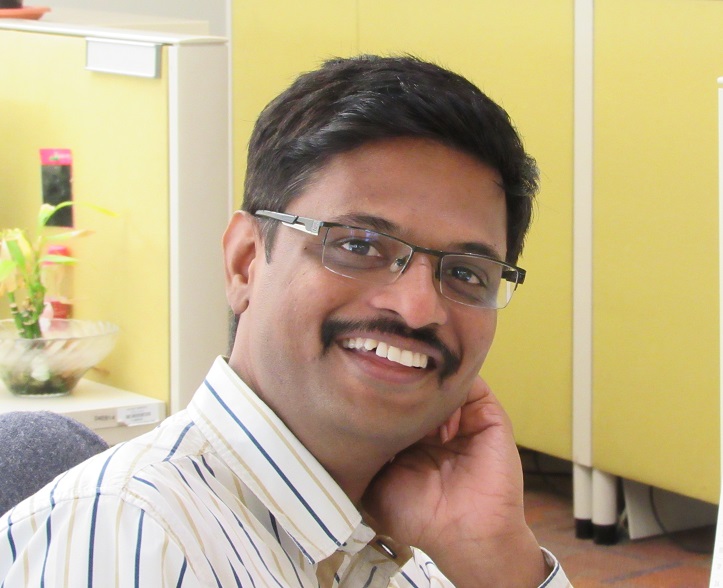Some of the most critical developmental goals that governments strive to achieve are providing employment, securing livelihoods and improving incomes of the people. Indian economy has an advantage in the form of its favourable demographic composition. With 877 million working-age people, India is the largest young nation in the world. According to the IMF, India can improve up to 2% annual growth rate, if the demographic dividend is harnessed appropriately.
However, the growth potential relies heavily on skilling and employability of the youth. There is a need to improve the education system in the country which imparts the right training and skills to the labour force. In order to achieve this the government of India has launched several initiatives to skill and empower the working-age people, especially the rural youth of the country. Following is the brief of various initiatives that can empower rural youth through job creation and skill development.
MUDRA
The Micro Units Development and Refinance Agency (MUDRA) were founded with the motto of “funding the unfunded” by extending financial support to the micro segment of the Indian economy. The scheme seeks to enhance the employability and self-employability of youth. It is an effort to increase the confidence of young educated skilled rural youth who aspire to become first generation entrepreneurs.
Pradhan Mantri Kaushal Vikas Yojana (PMKVY)
The PMKVY is a flagship program of the Ministry of Skill Development & Entrepreneurship (MSDE) aimed at improving vocational skills of youth. The objective of this skill certification scheme is to enable a large number of Indian youth to take up industry relevant skill training that will help them in securing a better livelihood.
Start-Up India
Startup India aims at creating a favourable environment for startups in view of boosting economic growth and job creation. The Ministry of Human Resource Development and the Department of Science and Technology have agreed to partner in an initiative to set up over 75 start-up support hubs under the program. RBI will also take steps to contribute to an ecosystem that is conducive for the growth of startup businesses.
Make in India
Make in India is a leading initiative for industrial development and has profound implications for manufacturing sector job creation. The scheme has created and has the potential to further create employment opportunities in rural India through convergence schemes such as MUDRA and PMKVY.
Mahatma Gandhi National Rural Employment Guarantee Act (MGNREGA)
The act is one of the continuing flagship programs of the government to provide a minimum number of days of employment in a year to rural people including youth.
Deen Dayal Upadhyay Gramin Kaushal Yojana (DDU-GKY)
This scheme caters to rural youth employment opportunities. It aims to reposition rural India as a resource that can support the needs of the global manufacturing industry.
Self Employment and Talent Utilisation (SETU)
This is a techno-financial, incubation and facilitation program to support all the aspects of a start-up business and self-employment activities, especially in the technology sector.
Self Employment in Horticulture
The scheme provides funds of up to 10 lakhs for starting up horticulture farms. This has enhanced horticulture production, improved nutritional security and income support to farm households and others.
National Rural Livelihood Mission (NLRM)/Aajeevika
Under this scheme, special Rural Self Employment Institutes have been set up for basic skill development for the BPL rural youths. This enables them to undertake micro-enterprises and wage employment.
The Sampoorna Grameen Rozgar Yojana
This scheme of the Ministry of Rural Development provides additional wage employment in rural areas.
Swarnajayanti Gram Swarozgar Yojana (SGSY)
This Central Government funded scheme helps users in providing information and guidelines for setting up the Haats, credit-related issues, etc.
Thank you for reading the column until the very end. We appreciate the time you have given us. In addition, your thoughts and inputs will genuinely make a difference to us. Please do drop in a line and help us do better.
Regards,
The CSR Journal Team







 Nirbhay Lumde is a CSR professional and has recently published a book titled, Corporate Social Responsibility in India: A Practitioner’s Perspective,’ available on e-commerce portals. A Post Graduate in Political Science and an alumnus of SSSIHL, Prasanthi Nilayam and IIT Mumbai, he currently manages CSR interventions in the areas of Education, Health, and Environment, and Technology Incubation along with overseeing Employee Volunteering.
Nirbhay Lumde is a CSR professional and has recently published a book titled, Corporate Social Responsibility in India: A Practitioner’s Perspective,’ available on e-commerce portals. A Post Graduate in Political Science and an alumnus of SSSIHL, Prasanthi Nilayam and IIT Mumbai, he currently manages CSR interventions in the areas of Education, Health, and Environment, and Technology Incubation along with overseeing Employee Volunteering.






